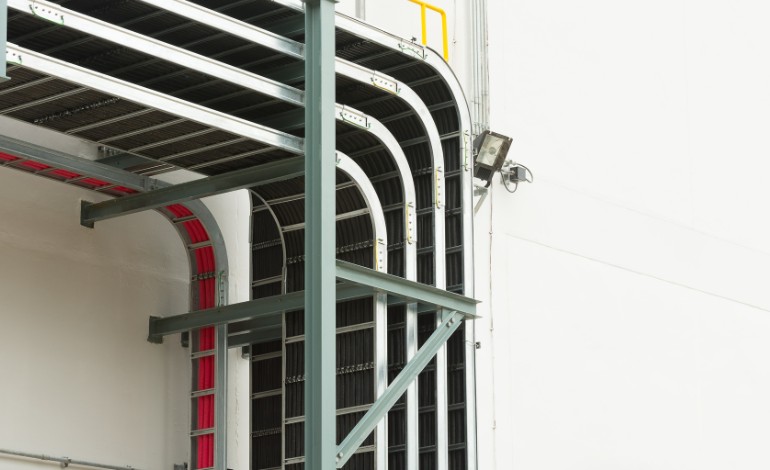Blog
- Home
- Cable Tray
- The Importance of Cable Tray in Electrical Wiring Management

The Importance of Cable Tray in Electrical Wiring Management
Electrical wiring management is a critical aspect of any building or industrial facility, ensuring the safe and efficient distribution of power and data. Among the various solutions available, cable trays have emerged as an indispensable tool for organizing and supporting cables throughout the infrastructure. In this blog post, we will explore the significance of cable trays in electrical wiring management, highlighting their benefits, functionalities, and the overall impact they have on ensuring a seamless and reliable electrical system.
Organized Cable Routing:
One of the primary purposes of cable trays is to provide a structured and organized pathway for cables. With an array of cables that may include power, data, communication, and control cables, it is crucial to prevent entanglement and tangling. Cable trays offer a neatly contained system that allows for easy identification, troubleshooting, and maintenance, reducing the risk of errors during installations and repairs.
Cable Protection and Safety:
The safety of electrical systems is paramount, and cable trays play a pivotal role in safeguarding the cables from potential hazards. When cables are left unprotected or poorly managed, they become susceptible to damage from physical impact, environmental factors, and fire hazards. Cable trays shield the cables from such risks, extending their lifespan and ensuring consistent performance.
Enhanced Air Circulation and Heat Dissipation:
Electrical cables generate heat during operation, and proper ventilation is necessary to prevent overheating. Cable trays with perforations or ventilation slots allow for adequate air circulation, dissipating heat and maintaining the optimum operating temperature of the cables. This feature is particularly crucial in industrial settings where heavy electrical loads are prevalent.
Easy Maintenance and Accessibility:
Cable trays simplify maintenance and troubleshooting processes by providing easy access to cables. Technicians can swiftly locate specific cables or conduct inspections without the need for extensive disassembly. This accessibility not only reduces downtime during repairs but also enhances the overall operational efficiency of the electrical system.
Flexibility and Adaptability:
As infrastructure requirements evolve, the addition or modification of cables becomes inevitable. Cable trays offer flexibility in accommodating new cables, as they can be easily reconfigured or expanded without significant disruptions to the existing setup. This adaptability makes cable trays a cost-effective solution for long-term electrical wiring management.
Compliance with Electrical Codes and Standards:
Compliance with electrical codes and standards is essential for maintaining a safe and legally compliant electrical system. Cable trays are designed and manufactured to adhere to these regulations, ensuring that installations meet the required safety and performance benchmarks.
Conclusion:
In conclusion, cable trays are a fundamental component in effective electrical wiring management. From promoting organization and safety to aiding in efficient heat dissipation and accommodating changes over time, they prove indispensable in various industrial and commercial applications. Implementing cable trays in electrical infrastructure not only enhances the reliability and longevity of the system but also contributes to a safer working environment for personnel. As technology continues to advance, the role of cable trays will remain paramount in maintaining robust and efficient electrical systems.


